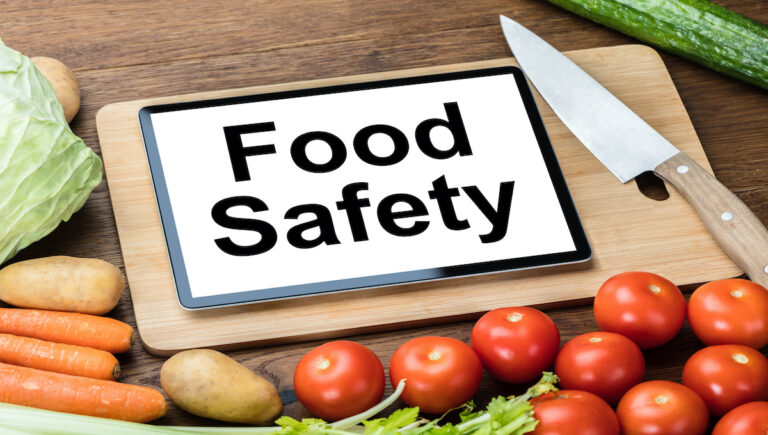A study from Ireland highlights the potential risks associated with using smart devices in the kitchen while cooking.
The study investigated hygiene practices when using smartphones and tablets in the home kitchen.
One in three participants did not wash their hands after touching raw chicken or before touching a smart device. Also, three-quarters did not wash their hands after handling raw eggs or before handling smart devices.
The study was conducted by Queen's University Belfast, and 51 participants were observed using smart devices to prepare meals that included raw poultry and raw eggs.
Findings gained from cooking activities
Participants were asked to prepare a meal of chicken goujons and a side salad, following a recipe provided by researchers on a tablet. Recipes were provided in video or written form. Only a fifth of participants cleaned their tablets during this activity, and in each case a dirty cloth or sleeve was used.
Participants had their hands and personal devices wiped to analyze for bacteria. During a 30-minute cooking activity, they touched their smart devices almost six times on average. After cooking, approximately 6% of pre-cleaned equipment was contaminated with bacteria that could cause food poisoning.
Observations revealed that participants' food safety behaviors fluctuated, and poor hygiene practices were frequently observed during meal preparation. The frequency with which people touched their tablets during meal preparation ranged from 1 time to 10 times while cooking.
Using antibacterial wipes containing alcohol can reduce contamination on the surfaces of your smart devices.
Microbial analysis found that Salmonella and E. coli could survive on tablet screens at room temperature for more than 24 hours, indicating that such devices could contribute to cross-contamination.
Trish Twohig, director of food safety at Safefood, said: “From looking up recipes to watching cooking tutorials to capturing moments for social media, smart devices such as smartphones and tablets have become essential tools in food preparation for many people. Given their widespread use in the kitchen, people need to be aware of the potential food safety risks they pose.”
Focus groups and survey results
People were generally able to identify good and bad safety habits, but they noted that external factors such as lack of time or the presence of children could influence their behavior.
A survey of 520 Irish adults was also conducted to understand their perceptions, attitudes and attitudes towards food safety when cooking and using smart devices at the same time.
Younger participants and women were more likely to use devices while cooking and preparing food. The risk of cross-contamination and food poisoning in the household from devices was perceived to be low.
Dr Mairead McCann, Technical Director Safefood researchers said: “This new study is a useful reminder for home cooks of the potential risks associated with smart devices in the kitchen and the importance of food safety at home. Regular and proper hand washing, Following good practices such as cleaning and disinfecting smart devices can reduce cross-contamination during cooking and use.
Safefood, a food safety and nutrition charity in Northern Ireland and the Republic of Ireland, offers tips for using phones and tablets in the kitchen, including washing your hands, cleaning work surfaces and disinfecting smart devices.
Before and between handling food or smart devices, wash your hands thoroughly with warm water and soap and dry with a clean hand towel. Always wash your kitchen countertops with hot soapy water before and after cooking. You can reduce cross-contamination by cleaning while cooking.
Before you begin cooking, sanitize your smart device to reduce potential cross-contamination. If you have handled raw ingredients like meat, poultry, or eggs, sanitize your device after cooking. Always follow the manufacturer's instructions.
(To sign up for a free subscription to Food Safety News, click here. )


